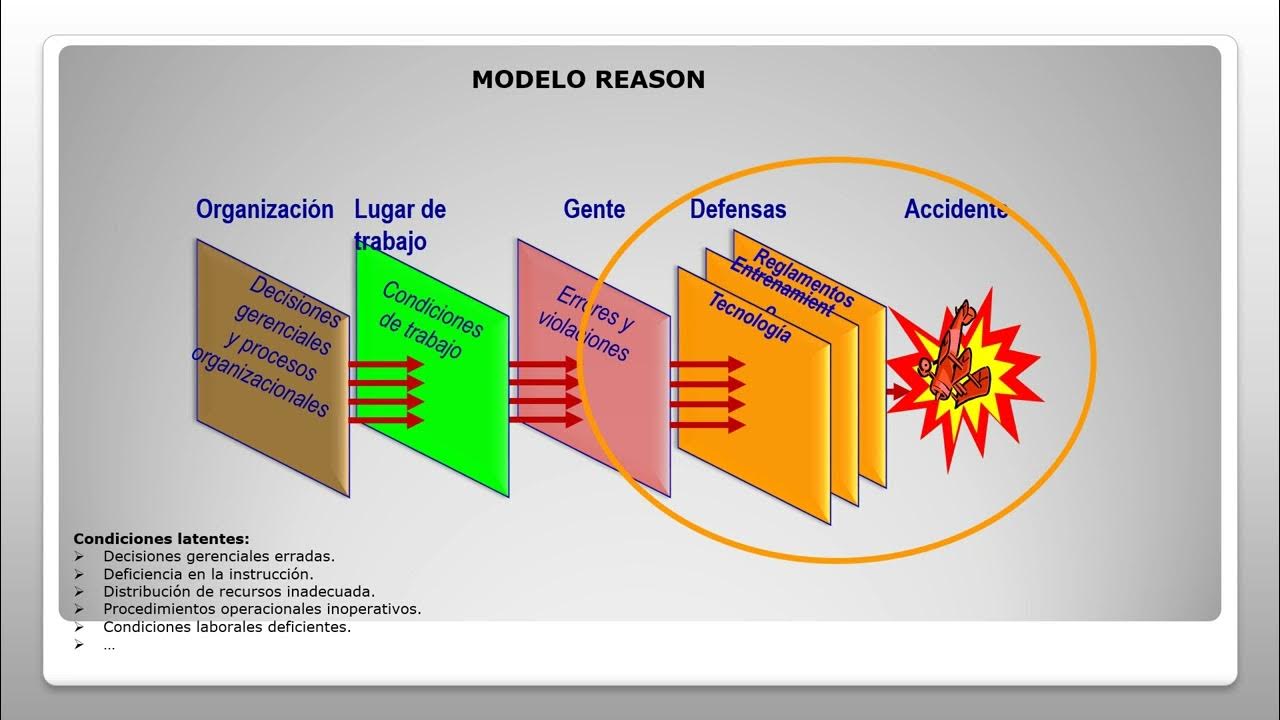On February 6, 2025, Dr. James Reason, a British psychologist and one of the most influential figures in the study of human factors and aviation safety, passed away. His research profoundly impacted how the aviation industry approaches human error and risk management, highlighting the importance of understanding human factors in accidents.
In his groundbreaking 1990 book, Human Error, Reason introduced the Swiss Cheese Model, illustrating how human errors can lead to catastrophic incidents when multiple layers of defense in a complex socio-technical system fail. This model has become a cornerstone of aviation safety, enabling organizations, institutions, and companies to develop significantly safer operations and systems. Beyond aviation, his influence extended to sectors such as healthcare, and the oil and gas industries.
The Role of Human Factors in Aviation
Human Factors (HF) was a central pillar of Reason’s work, significantly shaping the aviation industry. He emphasized that human errors should not be seen as isolated incidents but rather as reflections of the interaction between operators and technological systems. Moreover, he stressed that errors can never be entirely eliminated.
His studies helped establish that aviation safety depends largely on the relationship between pilots, crew members, air traffic controllers, and the entire operational environment. As a result, Crew Resource Management (CRM) was introduced—a methodology focused on enhancing communication, decision-making, resource management, and leadership within the cockpit and the broader aviation system. Its implementation has reduced the impact of failures and errors, improving system efficiency and crew performance.

Alongside CRM, Reason contributed to the development of Threat and Error Management (TEM), an approach that helps pilots identify and mitigate threats and errors in real-time during flight operations. TEM enables crews to anticipate, recognize, and manage potential risks before they compromise flight safety. This method requires continuous situational awareness (SA), allowing flight crews to maintain effective control over their operational environment. Additionally, TEM distinguishes between active errors (immediate failures) and latent errors (hidden flaws that may accumulate over time, leading to critical consequences if undetected).
Contributions to Safety Systems Development
Another of Reason’s most significant legacies in aviation was his influence on the development of Safety Management Systems (SMS). These systems provide a comprehensive framework for managing organizational safety, enabling risk identification, assessment, control, and mitigation across all phases of aviation operations. Based on Risk Management (RM) and Hazard Identification (HAZID), SMS fosters a strong safety culture throughout organizations. Reason’s theories align closely with SMS principles, emphasizing the need for proactive risk responses before they result in incidents or accidents.
You might be interested
Reason also played a pivotal role in shaping Operational Safety Management (OSM), a discipline that integrates proactive safety principles, Root Cause Analysis (RCA), and Organizational Change Management (OCM). OSM seeks to transform safety into a continuous, dynamic process—not just focused on incident correction, but on continuous improvement through feedback, ongoing training, and safety audits. Airlines have adopted Reason’s methodologies to create resilient and flexible systems capable of adapting to emerging risks. Key tools in this approach include Safety Event Analysis (SEA) and Voluntary Disclosure Reporting (VDR), which help maintain high operational safety standards.
James Reason’s 12 Principles of Human Error
- Human error is universal and inevitable—it is not a moral failing. While human fallibility can be moderated, it can never be entirely eliminated.
- Errors are not inherently bad—success and failure stem from the same psychological roots. Without errors, learning and skill development in both technical and non-technical areas would be impossible.
- You cannot change human nature, but you can change the conditions in which people work—identifying error traps and understanding their characteristics is essential for effective error management.
- The best people can make the worst mistakes—no one is immune. Those in high-responsibility positions can make errors with significant consequences.
- People cannot easily avoid actions they did not intend to take—blaming individuals for their errors may be emotionally satisfying but is ineffective for corrective action. However, accountability remains crucial to prevent recurrence.
- Errors are consequences, not causes—identifying an error is just the beginning of understanding its root causes, not the end. Only by analyzing the surrounding conditions can recurrence be prevented.
- Many errors follow recurring patterns—focusing on these patterns is the most effective way to manage errors with limited resources.
- Serious safety-related errors can occur at all levels of a system—human error is not exclusive to frontline operators. The higher someone is in an organization, the more dangerous their errors can be.
- Error management is about controlling the controllable—while human nature cannot be changed, situations and systems can be managed effectively. The best solutions involve technical, procedural, and organizational measures rather than solely psychological approaches.
- Error management aims to make good people excellent—high performers mentally anticipate responses to various scenarios. Improving error detection is just as crucial as understanding how errors arise.
- There is no single best way—different human factor challenges require different strategies, and organizational cultures demand tailored approaches.
- Effective error management focuses on continuous reform, not isolated solutions—fixating on individual errors is ineffective. The only way to resolve systemic issues is by reforming the environment that enables them.
A Lasting Legacy in Aviation Safety
James Reason’s contributions to aviation safety were groundbreaking, emphasizing the importance of human factors and shaping models such as CRM, TEM, SMS, and OSM. His insights revolutionized how the industry manages safety, shifting the focus from purely technological and procedural solutions to organizational culture and human interaction. His work has helped build a safer aviation industry by promoting proactive risk management instead of reactive responses.


Comentarios
Para comentar, debés estar registrado
Por favor, iniciá sesión